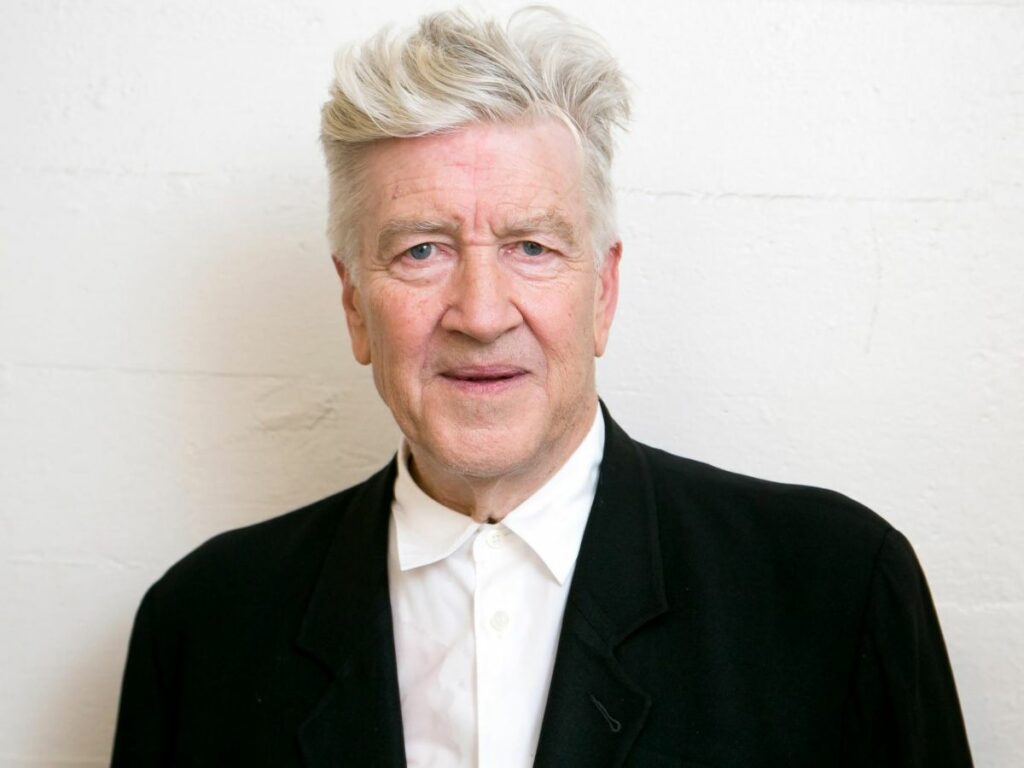In the contemporary scenario of world cinema, new Iranian cinema is widely regarded by film critics and film scholars alike. Borrowing aspects of Italian Neo-realism in stylistic terms, the Iranian cinema addresses the everyday realities lived by ordinary people of Iran. It also draws influence from the French New Wave in terms of its self-reflexivity. Attempting to address issues pertaining to the region, the films reflect the ethos and pathos of a common man’s life. Thematically, the cinemas revolve around cultural modernity in contemporary Iran as well as the deep desire for democracy that is prevalent in the general populace.
My first brush with the country’s cinema was at a film appreciation class in my college. I gaped in amazement as Abbas Kiarostami’s directorial debut Bread and Alley played on the screen. It opened me to new possibilities, new perspectives and an experience I had yet to undergo. Making for quite an offbeat plot, the film is a never-seen-before kind of chase sequence in itself. Making a statement about human nature through the simplest acts, and alluding to topics pertaining to larger politics using bold metaphors owing to the nature of censorship in the country; that is what Iranian cinema truly stands for.
While my encounter with Iranian cinema was loaded with interpretational meanings, my personal exploration of it came with an exaggerated fascination for stylistic tools and a nuanced appreciation for the thematics. Some of which, I’m going to be sharing here with you all. So, for the uninitiated, here’s what I think are some of the best Iranian movies you definitely need to watch to call yourself a cinephile:
1. Shirin (2008)
Director: Abbas Kiarostami
Other notable films: Taste of Cherry, Close Up, Where is the Friend’s Home?, Through the Olive trees, Life and Nothing More…
Widely known for his Koker Trilogy, Abbas Kiarostami’s Shirin is as much of an experiment in spectator studies as it is a film. Why I chose this film out of the director’s illustrious body of work, is simply because of how truly cinematic the film is in terms of its subject matter. A story entirely told by capturing the audience’s reaction, this film stands out to me as one wherein Kiarostami employs an extremely rare and nuanced storytelling method. Although, that has been his aim consistently, his experimental capacities are stretched to a maximum in this particular film. We don’t see the development of the narrative that the film deals with, the tale of Khusrow and Shirin.
The director draws on the pre-existing knowledge of a folk-tale, and relies on the viewer’s ability to predict. In a way, we view a bunch of people viewing, and the ripples of those reactions are felt across the borders of space and time.
Kiarostami even went on to experiment with the politics of love and language in his film Certified Copy, later in his career. Besides, in the Koker trilogy, he captured the spatio-cultural dynamics of the region with a keen eye, and that is considered to be his most prominent work. He has cemented his place as the most important auteur in Iranian cinema.
Where to Watch: YouTube
Recommended: Lessons For Filmmakers: 6 Mistakes To Avoid
2. The Colour of Paradise (1999)
Director: Majid Majidi
Other notable films: Beyond the Clouds, Baran, Children of Heaven, Muhammad: The Messenger of God, The Song of Sparrows, The Willow Tree
This Majid Majidi directorial follows the story of a blind boy and his sighted father, out of whom the former possess the sight of the heart, and the latter refuses to open his eyes. As metaphorical as that sounds, Majidi crafts his stories with an extremely keen sense of empathy and sensitivity. Throughout the film, we can almost envision a part of our heart reaching out to the little boy, who is considered a burden by his father for his disability. Metaphor rich and thematically brilliant, the film seeks to define real disability, giving a refined perspective and citing the lack of understanding as a disability in itself. Dealing with themes such as alienation and loneliness experienced by the sensitive child protagonist, Majidi again frames his protagonist in unfavourable situations. He reveals the innocence and sensitive approach towards the world is inherent in children.
Besides The Colour of Paradise, Majidi has employed the tools of the child narrator in films like Children of Heaven. However, the film that he is most known for is Baran. Majidi also has a connection with India, as he directed a film called Beyond the Clouds that marked Ishan Khatter’s cinematic debut. Setting this film in the streets of Mumbai, Majidi goes on to prove how well he understands spaces.
Where to Watch: Vimeo
3. This is Not a Film (2011)
Director: Jafar Panahi
Other notable films: Taxi, Three Faces, The Circle, The White Balloon, Closed Curtain
It wouldn’t be wrong to call this film a non-movie, as it claims on its own in the title itself. What is important to note here is that director Jafar Panahi’s works are banned in Iran, despite being critically acclaimed in the world cinema circuit. Due to clashes with the conservative government and after facing regular bans, Panahi was the most critically affected. He was arrested in the year 2009, and was put to house arrest for 6 years in the following year. Despite being locked inside his house, Panahi made two films. One out of those is This is Not a Film. With his inventive style of filmmaking, Panahi goes on to reveal to us his own story and encounters with reality in his films.
Panahi can be called the true disciple of Abbas Kiarostami, who he assisted in films like Through The Olive Trees. Their collaboration extended to Kiarostami writing Panahi’s first two films, The White Balloon (1995) and Crimson Gold (2003). What matters in a classic Jafar Panahi film, is not the story, but the characters and how the turn of events play out.
Recommended: 6 Indie Directors Reveal Films That Inspired Them
4. Gabbeh (1996)
Director: Mohsen Makhmalbaf
Other notable films: A Moment of Innocence, Kandahar, The Silence, The Cyclist
This unique film follows the journey of an old couple, who upon washing their ‘gabbeh’ (persian rug) witness the appearance of a woman who goes on to narrate her unusual story in an unusual manner. Dealing with the subjects of desire in a refreshed light, this film was considered subversive in Iran, and was subject to a ban. Directed by the master director Mohsen Makhmalbaf, this schizophrenic work of film bases itself solely upon the fantastical, which is exactly what makes it great. It was screened in the Un Certain Regard section at the 1996 Cannes Film Festival. It also came to be selected as the Iranian entry for the Best Foreign Language Film at the Academy Awards. Unfortunately, it didn’t make the cut.
Where to Watch: YouTube
5. Dancing in the Dust (2003)
Director: Asghar Farhadi
Other notable films: A Separation, The Salesman, Trial on the Street, Dayareh Zangi, About Elly
This Asghar Farhidi directorial revolves around a man, who, when forced to divorce his wife finds it hard to return the dowry money. Following the man’s struggles into the desert, the film reflects the themes of love and sacrifice by effectively portraying the sheer limits till which the protagonist is ready to go to restore his life back to how it used to be. It wouldn’t be wrong to say that it is in this remarkable film debut that the seeds of what Farhidi was to produce in the future were sown permanently. Its experimental stylistic treatment of the themes of moral complexities and ambiguities of humans is well rooted in the nature of Iranian life. One of Iran’s critically acclaimed movies, Dancing in the Dust was nominated for the New Currents award at the Busan International Film Festival.





